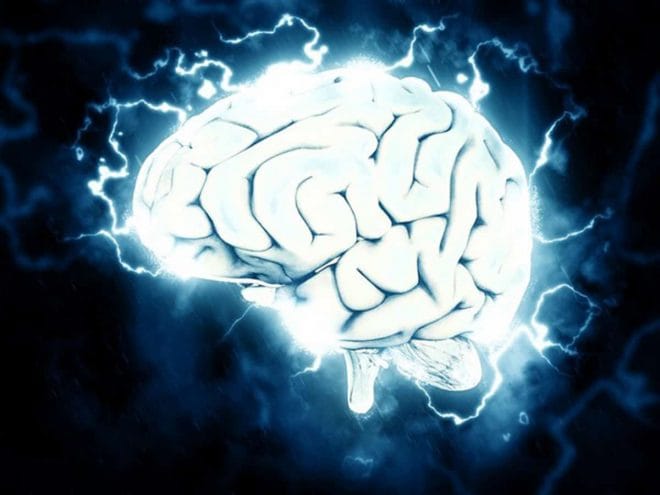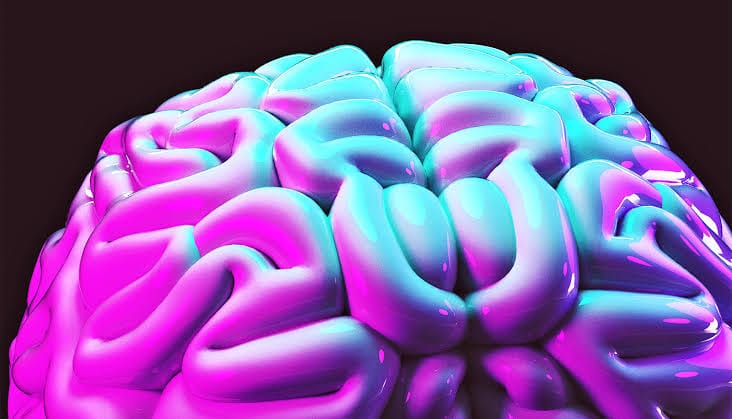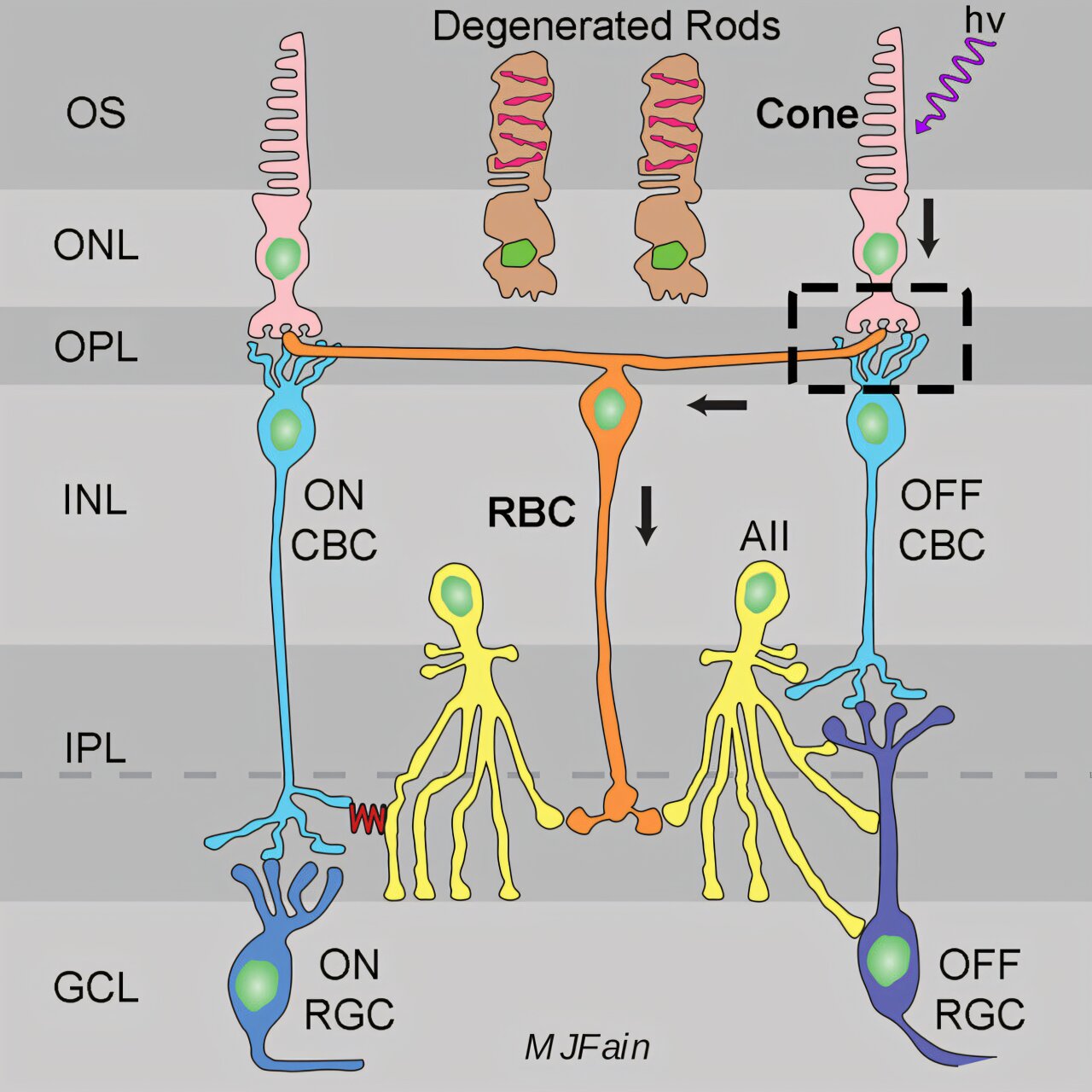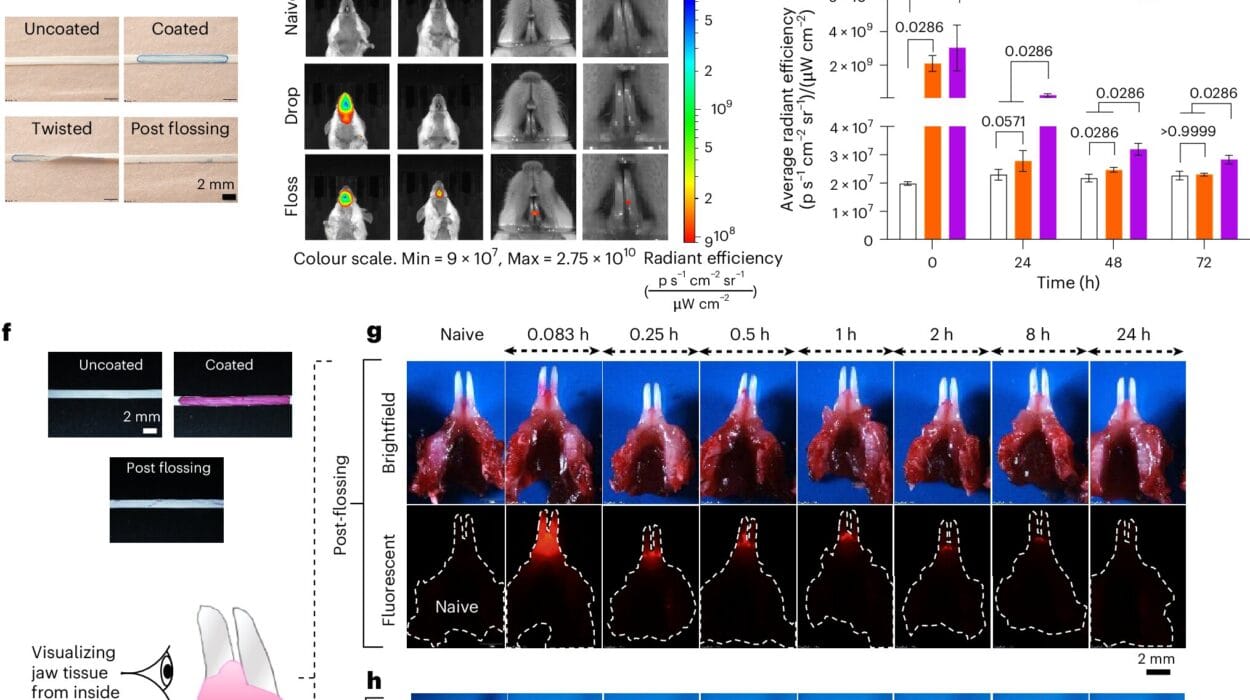For centuries, women’s sexual pleasure has been shrouded in mystery, dismissed, or left out of serious scientific inquiry. While countless studies have examined male arousal and orgasm, far fewer have focused on the intricate ways women experience sexual sensation. For the first time, researchers have created comprehensive maps of women’s erogenous and aversive zones—identifying precisely which areas of the vulva, vagina, and breasts contribute most to pleasure, and which areas are often avoided.
Published in The Journal of Sexual Medicine, this landmark study does more than catalog body parts. It reveals patterns of desire and discomfort that shed light on the complexity of female sexual experience. For clinicians, therapists, and partners alike, these findings could reshape how we understand intimacy, communication, and sexual health.
Why Mapping Matters
Despite a growing cultural conversation about female pleasure, scientific understanding has lagged behind. Previous research often excluded people with vulvas, overlooked internal genital structures, or failed to measure how important specific areas are to sexual satisfaction. Even less attention has been given to the flip side of pleasure—areas that many women actively dislike being touched. These “aversive zones” are a critical, though often ignored, piece of sexual wellbeing.
By directly addressing these gaps, the research team sought not only to create a scientific record of female erogenous zones but also to empower women by validating their diverse experiences of touch, sensitivity, and aversion.
How the Study Worked
The study was designed with meticulous care. Researchers created a detailed anatomical survey, reviewed and approved by the Cedars-Sinai Institutional Review Board. Participants were shown precise illustrations of both external and internal genital structures, as well as the breasts. They were asked to highlight which areas they found pleasurable during partnered sex, to rate the importance of those areas on a 10-point scale, and to indicate which zones they disliked being touched and why.
A total of 499 women responded, ranging in age from 18 to 83. Of these, 441 who had experienced partnered sex were included in the final analysis. The average participant was 49 years old, offering a unique window into how sensation might shift across the lifespan.
Where Pleasure Lives
The survey results reveal that pleasure is not limited to a single “magic button” but spread across a range of zones. The majority of participants—82%—identified at least one pleasurable area in the vulva. Among these, three stood out:
- The vaginal introitus, or the external opening of the vagina.
- The periurethral area, immediately surrounding the urethral opening.
- The glans clitoris, the highly sensitive external tip of the clitoris.
The glans clitoris, unsurprisingly, received the highest importance rating of all, scoring an average of 9 out of 10. Yet the prominence of the vaginal introitus was unexpected. For many women, this external opening was described as just as vital—or even more vital—to sexual pleasure as the clitoris.
Beyond the vulva, breasts also played a significant role. Fifty-eight percent of participants identified breast tissue as a source of pleasure, while 43% specifically named the nipples. Younger women were particularly likely to describe breast stimulation as enjoyable, suggesting that age and hormonal changes may influence sensitivity.
Inside the vaginal canal, nearly half of the respondents selected the superficial anterior wall, often associated with what is popularly called the “G-spot.” This area was consistently rated as pleasurable and important, while deeper structures such as the cervix or posterior vaginal wall were far less frequently identified and more likely to be considered uncomfortable.
Where Discomfort Begins
Perhaps the most striking part of the study was its focus on aversive zones—areas that cause pain, oversensitivity, shame, or emotional discomfort. These findings challenge the cultural assumption that women’s bodies are universally receptive to sexual touch.
The anus was the most frequently selected aversive zone, with 34% of participants reporting negative experiences with anal contact. While a minority (12%) described it as pleasurable, the majority associated it with physical pain, disgust, or embarrassment. This suggests that social stigma around anal stimulation continues to shape many women’s experiences, even as cultural conversations about it become more open.
Within the breasts, the nipples emerged as a paradoxical zone—highly pleasurable for some, but the most frequently disliked area for others. Oversensitivity and pain were the most common reasons given for nipple aversion.
Inside the vagina, the cervix and deep vaginal walls were most often marked as uncomfortable. Pain was the dominant factor here, but emotional factors such as shame or self-consciousness also played a role.
The Role of Age and Experience
While the overall patterns were consistent across the study, age revealed important nuances. Younger participants tended to identify a broader range of erogenous zones across their genitals and breasts. Older participants, particularly those in perimenopause or menopause, sometimes reported decreased pleasure in specific areas, reflecting both hormonal changes and possible shifts in body image or sexual confidence.
These findings highlight how sexual sensation is not static but evolves throughout life. They also emphasize the importance of open dialogue and ongoing exploration within long-term relationships, where partners may need to adapt to changing preferences and sensitivities.
Beyond the Bedroom: Clinical Applications
The implications of this research stretch far beyond intimacy between partners. Detailed maps of pleasure and aversion could help clinicians better support women recovering from surgeries, cancer treatments, childbirth trauma, or gender-affirming procedures. For these individuals, understanding where sensation remains, shifts, or disappears is crucial to restoring sexual health and confidence.
Therapists and sex educators may also use these findings to dismantle myths about “universal” pleasure points. For example, while the clitoris is undoubtedly central for many, the study shows that other regions—like the vaginal opening or superficial anterior wall—are equally significant for others. The diversity of responses underscores the need for individualized approaches to sexual education and therapy.
The Emotional Dimension of Touch
Perhaps the most profound insight from the study lies in the aversive data. Physical pain explained many dislikes, but emotional responses—shame, disgust, or memories of negative experiences—were equally powerful. The anus, for example, was disproportionately associated with emotional discomfort compared to other areas.
This highlights the inseparability of the body and mind in sexual experience. Pleasure is not simply a mechanical response to stimulation but an interplay of sensation, psychology, and cultural meaning. Understanding this complexity opens the door to more compassionate, holistic approaches to sexual health.
Limitations and Future Directions
While groundbreaking, the study is not without limitations. The participants were limited to cisgender women, leaving out transgender and gender-diverse individuals. Most responses were retrospective, relying on memory rather than real-time data. And while the sample size of over 400 is strong, it cannot fully represent the global diversity of sexual experiences.
Future research may expand these maps to include more diverse populations, track changes over time, and explore how sensation evolves after medical or hormonal changes. There is also growing interest in the brain’s role—how neural pathways shape, and sometimes reshape, sexual perception through neuroplasticity.
Reclaiming Women’s Sexual Knowledge
This study represents more than just scientific progress; it is part of a broader cultural shift toward recognizing women’s sexual experiences as worthy of attention, respect, and care. By mapping both the pleasurable and the painful, researchers have given voice to the complexity of female sexuality—validating that there is no single blueprint for desire.
In a world where sexual myths still linger, these maps serve as a reminder: women’s bodies are not puzzles to be solved with one answer, but landscapes of sensation, emotion, and individuality. Recognizing this diversity is not only scientifically important but essential to building healthier, more fulfilling intimate lives.






